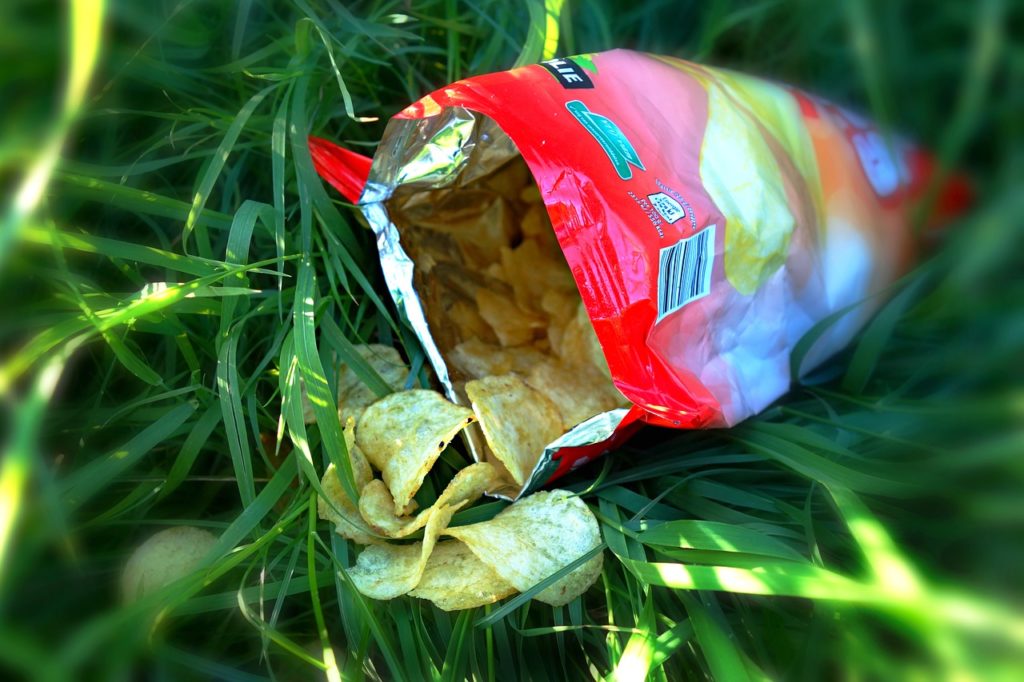When it comes to eating healthy, it can be hard to discern what products on the market will for, or against, your body. With so many conflicting nutritional “facts” and misleading ingredient labels floating around, it has become even easier to mistake certain foods as safe when they could be causing your body to develop diseases like cancer and diabetes.
Processed foods, specifically, are some of the worst culprits for having vague and misleading labels with very few recognizable ingredients on them. To the untrained eye, many of the unknown ingredients can look harmless, but many food additives and other hidden ingredients have been linked to a multitude of health hazards such as various cancers, hormonal disorders and heart disease.
What’s in Processed Food?

In order to know what processed foods to avoid, you have to know what hidden ingredients they contain and what effects they will have on your body. Here are just a few of those foods, what’s in them, how they affect you and what they might be masked as.
Synthetic Trans Fat. Fried foods such as chips and breaded chicken or fish contain high amounts of synthetic trans fats which cause inflammation in the body, a common indicator among chronic, sometimes serious diseases. These fats have been linked to decreased immunity, diabetes, cancer, heart disease and reproductive issues. Check your label for the words partially hydrogenated or fractionated.
Artificial Sweeteners. Found in “sugar free” products, artificial sweeteners promote weight gain and, in the case of aspartame, causes a reaction called excitotoxicity, an over-stimulation of your cells that can excite brain dysfunctions like Alzheimer’s. Check your label for the words aspartame, saccharin and sucralose.
Artificial Flavors. Probably the worst culprit of being a vague ingredient, some artificial flavors can contain up to 50 different chemicals alone. Diacetyl, for example, is used as an artificial butter flavor for microwave popcorn and, while the taste may be realistic, the damage it can cause ranges from a rare lung cancer to potentially triggering Alzheimer’s.
Artificial Colors. They may make a lot of foods look pretty, but many of the FDA approved artificial colors have been linked to hyperactivity in children, allergy-like reactions, and cancer. Red #40, Blue #2 and Yellow #5 are the most commonly used dyes and each has been found to cause one of the aforementioned symptoms.
Monosodium Glutamate (MSG). There have been a lot of conflicting reports on MSG making it hard to discern its affect on your health. However, studies have shown it to react in the body in a similar fashion to artificial sweeteners, causing excito-toxicity and potentially triggering Alzheimer’s.
Preservatives. This is often when scientific names are used, as there are no common names for most preservatives. Found in things like soft drinks, fruit juice, salad dressing and deli meats, preservatives have been linked to hyperactivity in children, and increased rates of colon, stomach and pancreatic cancer. Check your label for the words sodium benzoate, sodium nitrite, butylated hydroxyanisole (BHA), butylated hydrozyttoluene (BHT), and tertiary butylhydroquinone (TBHQ).
How You Can Avoid Processed Food

There are a few strategies you can use to avoid processed food altogether, but if you still plan on consuming it, here’s three small tips on how to be more diligent at selecting healthier choices.
1. Read the Label: This one may seem obvious but really reading and observing what some foods contain can save you a lot of medical bills in the long run. This is especially true for foods you buy frequently, as you may have grown accustomed to simply not looking at the label of these items. You may find yourself surprised at what some common choices contain.
2. Plan Ahead: Making a grocery list may sound like something your grandmother would have done, or you may tell yourself that you don’t need to write anything down because you already know exactly what you need, but making a list is an effective tool for avoiding impulse purchases. Planning a grocery trip means you can be confident in your food choices because you would have made them without being tempted by unhealthy options.
3. Keep to the Perimeter: The inner layout of most grocery stores is exactly the same, with most of the processed and dry goods in the center, and all of the fresh and perishable good around the outside. Keeping to the outside of the store while shopping will keep you away from most of the unhealthy choices and keep you near all the healthy ones.
Be a Home Chef

Should you decide that you want to avoid processed food altogether, the easiest, and most effective method is also the most obvious; learning to cook. The main thing that most processed foods have in common is that they are actually surprisingly easy to prepare yourself, and often the quality of DIY meals is much higher than their factory produced counterparts.
If you don’t already know how to cook, it’s never too late to learn, as long as you remember to start small and work your way up as your skill improves. Like with any learning process, you aren’t going to be making a three course meal worthy of a 5 star restaurant on your first try, so start with simple recipes that only require a few ingredients and minimal preparation times. If possible, you can even ask a friend or family member to teach you a few tricks.
Here are some of the most common processed foods are easily converted into a simple recipe that you can follow at home.
Pizza. When you think about it, the hardest part of making pizza is making the crust. Instead of purchasing a pre-made dough or worse, a premade pizza, follow this basic recipe and make whatever pizza is your favorite.
Soup. Canned soups are some of the worst for being high in sodium on top of other chemicals like preservatives, so making your own soup is highly beneficial, and one of the easiest things to make. Simply put some meat and vegetables in a broth and let it simmer on low to medium heat for a while and the flavors will all bring each other out. Making your own broth, is even easier, requiring you to only boil some bones in water, which can be acquired from leftover chicken, turkey, beef or pork.
Burgers and Fries. Many pre-made hamburgers contain a lot of fillers and preservatives, and fries tend to be made in partially hydrogenated oils. Making your own, healthy burgers is as simple as combining a few ingredients and throwing them in the oven, for which you can follow this recipe, and fries are even easier, requiring even fewer ingredients and just a little more preparation, as depicted in this recipe.
As you can see, healthy choices are easy to make, require little extra time on your part, and often turn out to be much more satisfying than their ready made counterparts. When it comes to your health, it’s worth it to look at exactly what you’re consuming and how it will affect your future well being.




